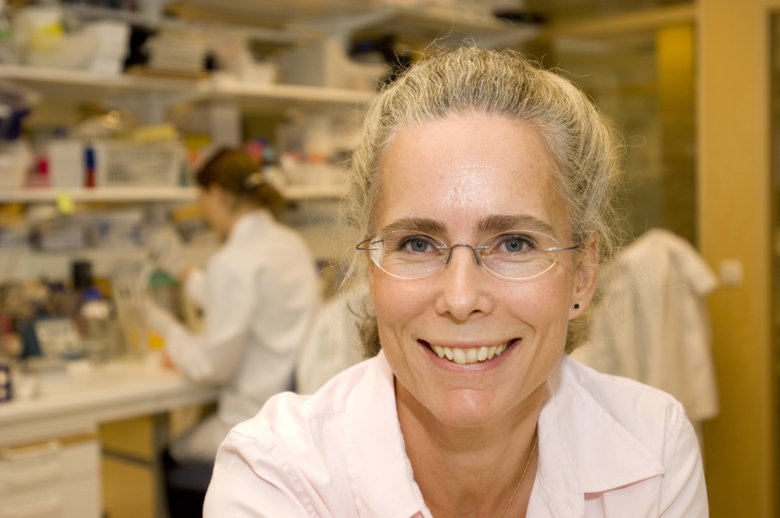Low dose of the medicine IVIG decreases the effect of dangerous toxins during severe infections
Summary of publication in CID by Helena Bergsten et al.

During necrotizing soft tissue infections ordinary bacteria infect our body, spread rapidly and cause tissue death. Treatment with antibiotics is not sufficient and infected tissue needs to be removed through surgery. 22% of people who suffer from this disease need to amputate a limb and 18% do not survive.
A common cause of these infections is group A streptococcus. These bacteria form toxins that lead to overactivation of the body's otherwise helpful immune cells, causing a so called "cytokine storm" which contributes to a severe course of the disease and the need of intensive care.
Recently, a study called INSTINCT was performed. In this study patients with necrotizing soft tissue infections were randomized to treatment with either intravenous immunoglobulin (IVIG) or placebo, in addition to other treatment. This study showed a trend towards better health after treatment with IVIG in the subgroup often caused by group A streptococcus, but no clear correlation during infections caused by other bacteria. However, the study used a lower dose than in previous studies: 25 g per day.

Bergsten et. al. tested blood samples from infected patients before and after treatment with IVIG, and found that treatment with IVIG leads to decreased effect of the toxins produced by the bacteria - even at the low dose of 25 g per day that was used in the INSTINCT study. Based on these results, the researchers suggest a new dosage regime of IVIG during these infections. It is still not proven that IVIG leads to better health during these devastating infections and the researchers suggest that the new dosage is tested in a controlled clinical trial of patients with necrotizing soft tissue infections caused by group A streptococcus.
Spokespersons for this study
Professor Anna Norrby-Teglund, Ph.D. (070 79 23 526)
PhD Student Helena Bergsten, M.D. (072-7279791)
Center for Infectious Medicine, Department of Medicine, Huddinge
ANA Futura, Alfred Nobels Allé 8, 141 52 Huddinge.
This work was supported by European Union [FP7/2007-2013 305340], the Swedish Research Council [2014-06722; 2018-02475], Stockholm county council [20180058] and Karolinska Institute [KID funding].
